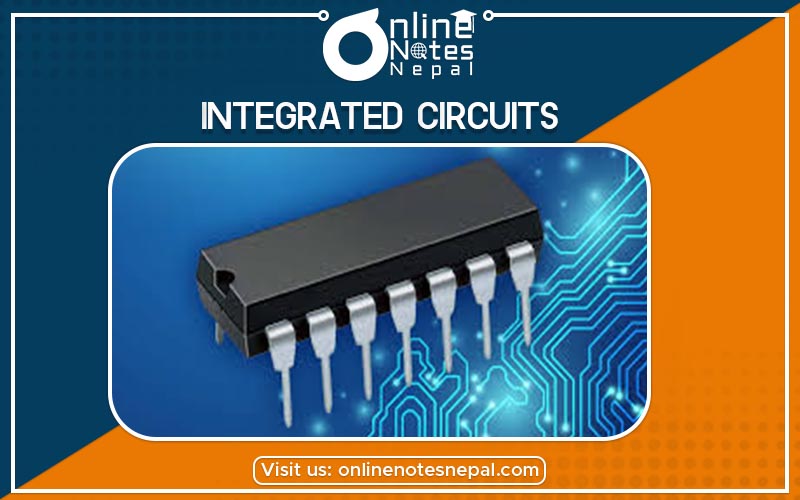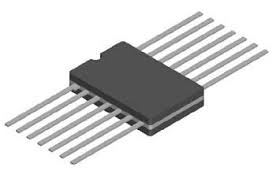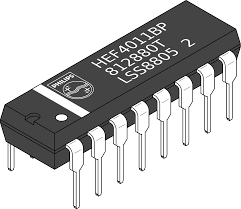Published by: Nuru
Published date: 22 Jun 2021

Integrated Circuits, tiny electronic circuits used to perform a specific electronic function, such as amplification; it is usually combined with other components to form a more complex system.
It is a small silicon semiconductor crystal, called a chip, containing electrical components such as transistors, diodes, resistors, and capacitors. IC's come in two types of packages viz:

Fig: Flat Package

Fig: DIP Package
The DIP is most widely used because of the low price and easy installation on circuit boards. Most ICS have a standard size and the number of pins ranges from 8-64. The size of the IC package is very small but offers a wide variety of advantages;
IC's are classified into two general categories:
With the advent of technology, the number of gates used in an IC has increased considerably. Hence, on the basis of gates used, Ics can be either small, medium, or large-scale integration devices. Fixed function digital ICs are classified and listed below according to their complexity from the least complex to the most complex.
SSI is a fixed-function ICs that contain only a few equivalent gate circuits( transistors numbering in the tens) on single chips. It includes basic gates, flip-flops, transistors, etc.
MSI is a fixed-function ICs that contain 10-100 equivalent gate circuits(hundreds of transistors) on each chip. It includes encoders, decoders, counters, registers, multiplexers, arithmetic circuits, etc.
LSI is a fixed-function ICs that contain 100-1000 equivalent gate circuits (tens of thousands of transistors) on each chip. It includes large memories, 1KB RAM, calculator chips, first microprocessors, etc.
VLSI is a fixed-function ICs that contain 1000-10000 equivalent gate circuits (hundreds of thousands of transistors) on each chip. It includes 1MB RAM, second-generation and later microprocessors chips, etc.
ULSI is a fixed-function ICs that contain more than a million equivalent gate circuits (more than a million of transistors) on each chip. It includes very large memories, large microprocessors, large single-chip computers, etc.
Digital IC gates are not only classified by their logic operation but also by the specific logic circuit family to which they belong. Each logic family has its own basic electronic circuit upon which more complex digital circuits and functions are developed. The basic circuit in each family is either a NAND or a NOR gate. Each family has its capabilities and limitations, its advantages and disadvantages. The following list describes the main logic families.